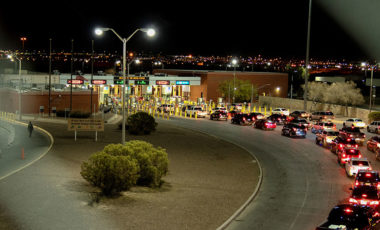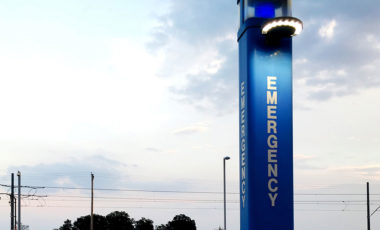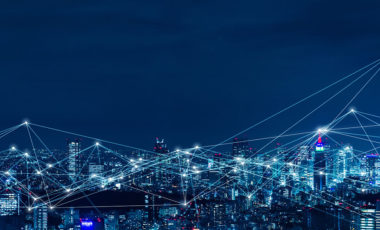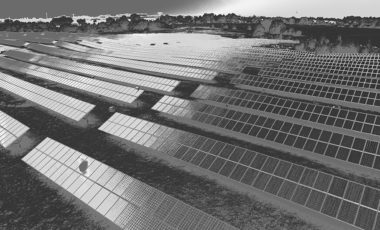The Year That Changed Security: How the Pandemic Shaped the Use of Technology in 2020 and Going Forward
To say that the year 2020 was challenging is a huge understatement. In March of last year, the COVID-19 pandemic disrupted life around the world. Regular business operations and the economy came to a halt. Businesses such as those in retail, stadiums, casinos, hotels and restaurants were particularly hard hit. Unemployment spiraled, as did frustration…
Keep Reading »Why Open Source Intelligence Needs to Be Part of Your Risk Awareness Strategy
Summary: Open-source intelligence (OSINT) is a critical part of your risk profile. Properly assimilated and used, this intelligence can be extremely useful to your organization in recognizing threats and risks proactively and helping to protect lives (people), assets (buildings and fleets), operational continuity (business resilience) and reputation (brand). Retrospective: If you are 40 years or…
Keep Reading »The Impact of Emotions on Corporate Crisis Management
How emotions are changing the security requirements for corporations and the security professionals charged with mitigating risk Emotions have significantly increased the security requirements for corporations and the security professionals charged with mitigating risk. Moreover, with the increase in protests, socially driven change and the increased influences by outside entities, these risks continue to evolve.…
Keep Reading »Enhancing Vehicle Inspections with Artificial Intelligence
Computer vision “sees” details that can match cars to a database and identify threats Technology offers new ways to close the gap in how we approach security challenges. Vehicle inspection and identification no longer have to rely solely on guards using mirrors and observing license plates. Artificial intelligence (AI) and automation can do more with…
Keep Reading »Applying Ultra-Wideband Wireless Technology for Security and Automation
Decades-old ultra-wideband technology is enjoying a renaissance in secure access and beyond Like Bluetooth and Wi-Fi, ultra-wideband (UWB) is a wireless technology that uses radio waves for communications. By operating at a very high frequency and using a wide spectrum, UWB outperforms other wireless technologies in terms of accuracy, robustness in wireless connectivity, and security.…
Keep Reading »Call Boxes in a Mobile Age
Transitioning to apps is not as clear cut as it may seem I am attending a university orientation tour, and our guide is talking about the importance of safety/security and policing at the university. This piques my interest. The guide points to a call box and says, “These call boxes are located throughout the campus…
Keep Reading »The Impact of Reliable Wireless Infrastructure on Advanced Security Technologies
How network connectivity fills the space between man and machine for public safety Outdoors, indoors, above ground and below, in suburbs and cities, machines will act as 24/7 sentinels. In performing this task, they will require continuous network connections. Wearable high-tech devices, meanwhile, will be common accessories for public safety officers and citizens alike. The…
Keep Reading »Facial Recognition Success Stories Showcase Positive Use Cases of the Technology
Updated Sept. 19, 2023 SIA’s Core Principles for Facial Recognition Technology Use The Security Industry Association (SIA) believes facial recognition must be used only for beneficial purposes that are lawful, ethical and nondiscriminatory. Explore our principles for development and deployment of facial recognition tech across safety and security applications. View the Principles Advances in computing…
Keep Reading »The Sharing Economy: Why Integrators and Manufacturers Must Work Together to Improve Customer Care
For the past 30 years, a core set of assumptions has remained the same in the security industry, despite the fact that customer expectations, economic realities, technological complexities and the availability of skillful technicians have changed. The unchanged assumptions are that integrators “manage” and “control” the relationship with end users; manufacturers don’t have any direct…
Keep Reading »The Heat Is On: How High-Quality Thermal Cameras See Threats That Other Solutions Cannot
Thermal sensors capture something that the naked eye cannot see: heat. What distinguishes thermal cameras from other security sensors is their ability to use heat rather than light to produce images. By measuring the differences between heat signatures and representing these variances in high-contrast, monochrome images, thermal cameras can “see” even in total darkness, sun…
Keep Reading »









